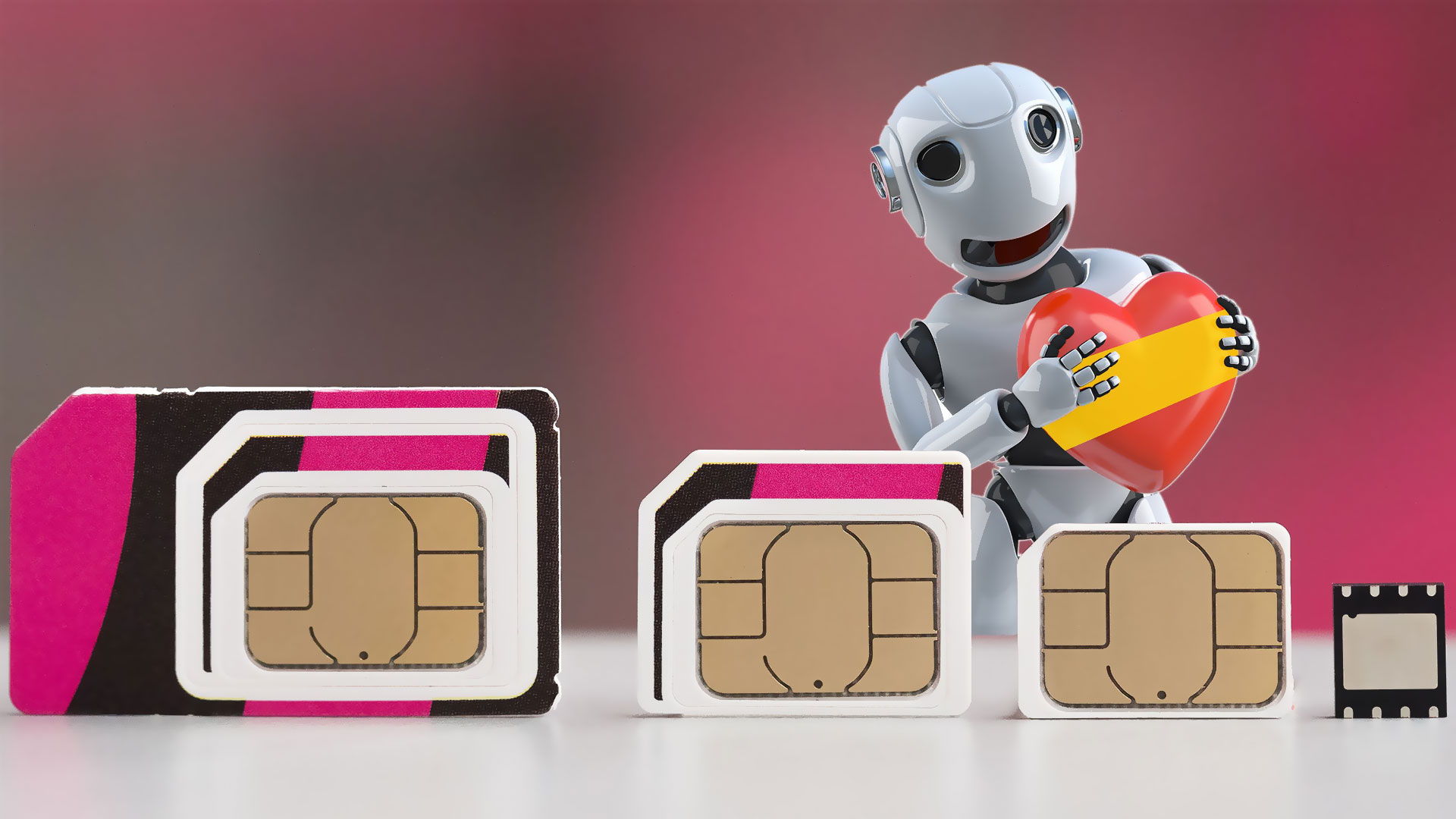As technology continues to advance and evolve, the old tech becomes obsolete. One of the main characteristics of new technology is that devices are getting smaller. This is not mainly focused on devices that used to be bulky, but even the small devices are getting smaller.
One particularly disruptive technology once again has to do with mobile devices.
As a matter of fact, technology’s improvements are about to change the good old SIM cards and replace them with modernized eSIM. Embedded or electronic Subscriber Identity Module (eSIM) will revolutionize telecommunications and mobile services as we know it. So far, the SIM card was considered one of the most important components in mobile devices, such as phones. Without a SIM card, you couldn’t perform usual network operations, i.e., connect to a mobile service provider that allowed you to make calls, send texts, browse the Internet and so on. That being said, here’s a detailed look into what eSIM actually is and how it will change the future of communication.
Difference between SIM and eSIM.
As many of you already know, a SIM card is the little chip you place into the designed socket at the back of your phone. Simply put, a SIM card provides you with a phone number and helps mobile networks identify as well as authenticate your device.
Each time you visit another county, you’d normally visit a store to get a local SIM card, in order to avoid the high costs of roaming services and hang on to a local network.
However, that’s about to change.

That being said, an eSIM is an integrated chip that’s placed into a motherboard of a mobile device during manufacturing. That means that it cannot be swapped or removed. The size of an eSIM is similar to nano-SIM cards commonly found in modern devices.
The main feature an eSIM will provide is that you’ll be able to store multiple network profiles and switch between them seamlessly. You can access network providers via software on your phone and choose a service that suits you the most.
Is the eSIM a thing now?
Nowadays, eSIM technology is still in the development stage, which means it may take a while before it becomes a worldwide trend. However, some manufacturers like Apple and Samsung are already implementing eSIM technology in their devices. The fact of the matter is that Apple is a pioneer in this technology and everything Apple does might soon become adopted worldwide.
In addition, you can already find an eSIM in Apple’s series 3 smart watches, iPads, and there are rumors that the new iPhone will contain one, as well.
Therefore, if you’re asking yourself the question: Which iPhone should I get? you might consider opting for a device with an eSIM feature. Not only that, but Apple is manufacturing their own version of eSIM called Apple SIM designed for their mobile-virtual-network-operator service (MVNO).
However, Apple was not the first to endorse this technology.
In fact, Samsung was the first company to implement an eSIM on the Gear S2 smart watches. Furthermore, Google introduced the same feature on their Pixel 2 phone but only in the U.S..
Benefits of eSIM.
As mentioned before, the eSIM will most likely replace the old-fashioned SIM cards in the future, allowing more space to be utilized during device manufacturing, which will benefit not only the consumers, but operators and manufacturers as well.
However, that’s not the only benefit eSIM will provide:
Better deals for phone plans: Consumers will be able to get better deals for their phone plans with the help from eSIM. Consumers will be able to decide whether to switch operators or remain with their current prepaid plan provider. This decision can easily be made on consumers’ phones without having to stop by at a physical retail store in order to purchase a new SIM card.
A seamless integration: Another benefit is that consumers can seamlessly and efficiently switch between plans whenever they choose. All of that without having to stop by your provider and sign endless paperwork for your phone plan. What’s more, carriers won’t be able to lock people into expensive plans with long-term contracts because consumers can switch providers at will.
Improved convenience: eSIM cards can be implemented on both smartphones and other IoT (Internet of Things) devices. An eSIM allows consumers to pick plans, choose the best options and switch providers from their devices. This means that prepaid users can make the change anytime they wish, while postpaid users can continue with their plan or opt for a new one as soon as the old one expires, without waiting for a new SIM to arrive.
Before eSIM becomes standardized in the world, both phone companies and manufacturers will have to agree on it. This isn’t out of the question, but it is disruptive for operators and providers, who must adapt properly. Needless to say, eSIM will eventually replace SIM cards altogether and consumers will be able to enjoy the benefits to the fullest.
Leave a Reply